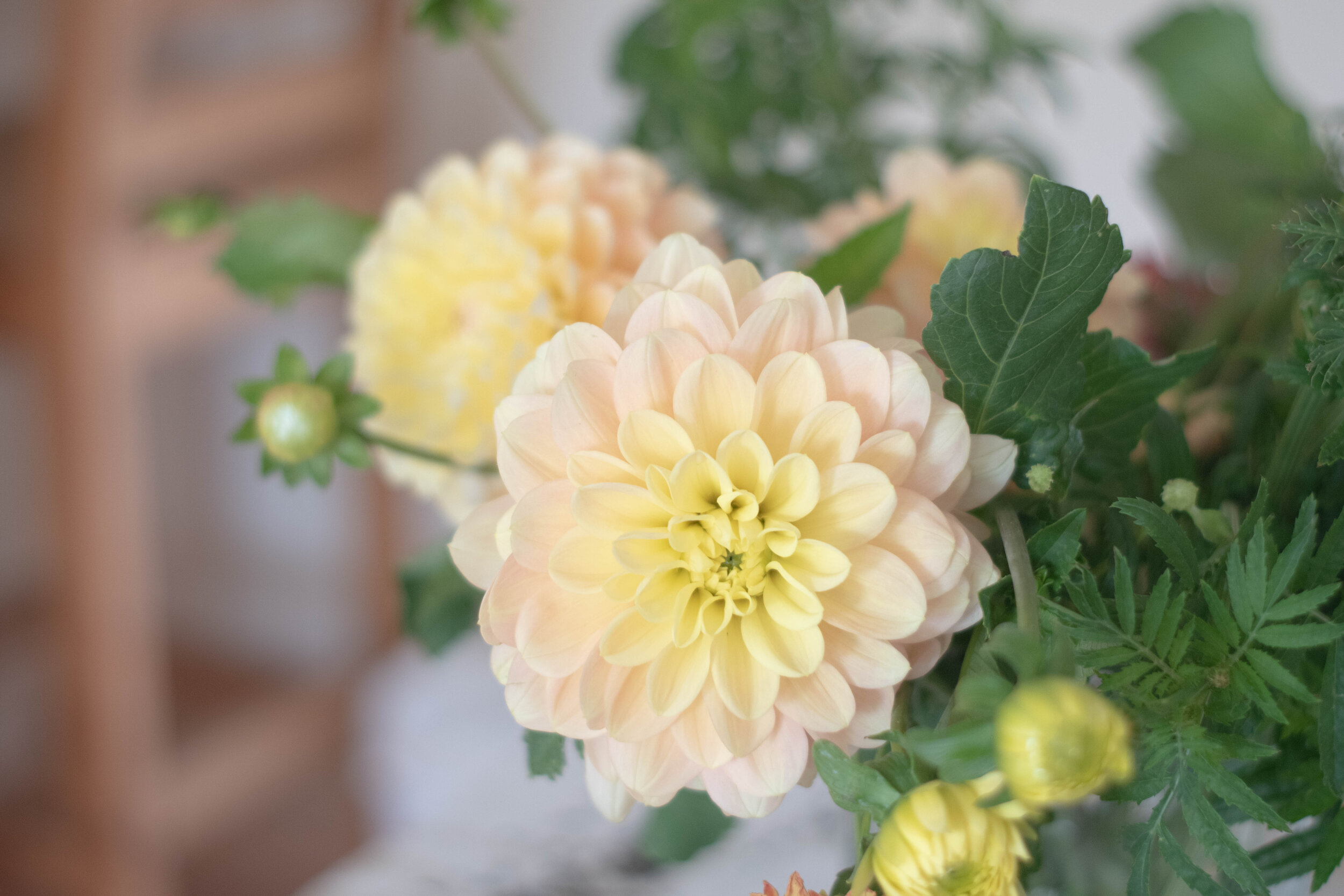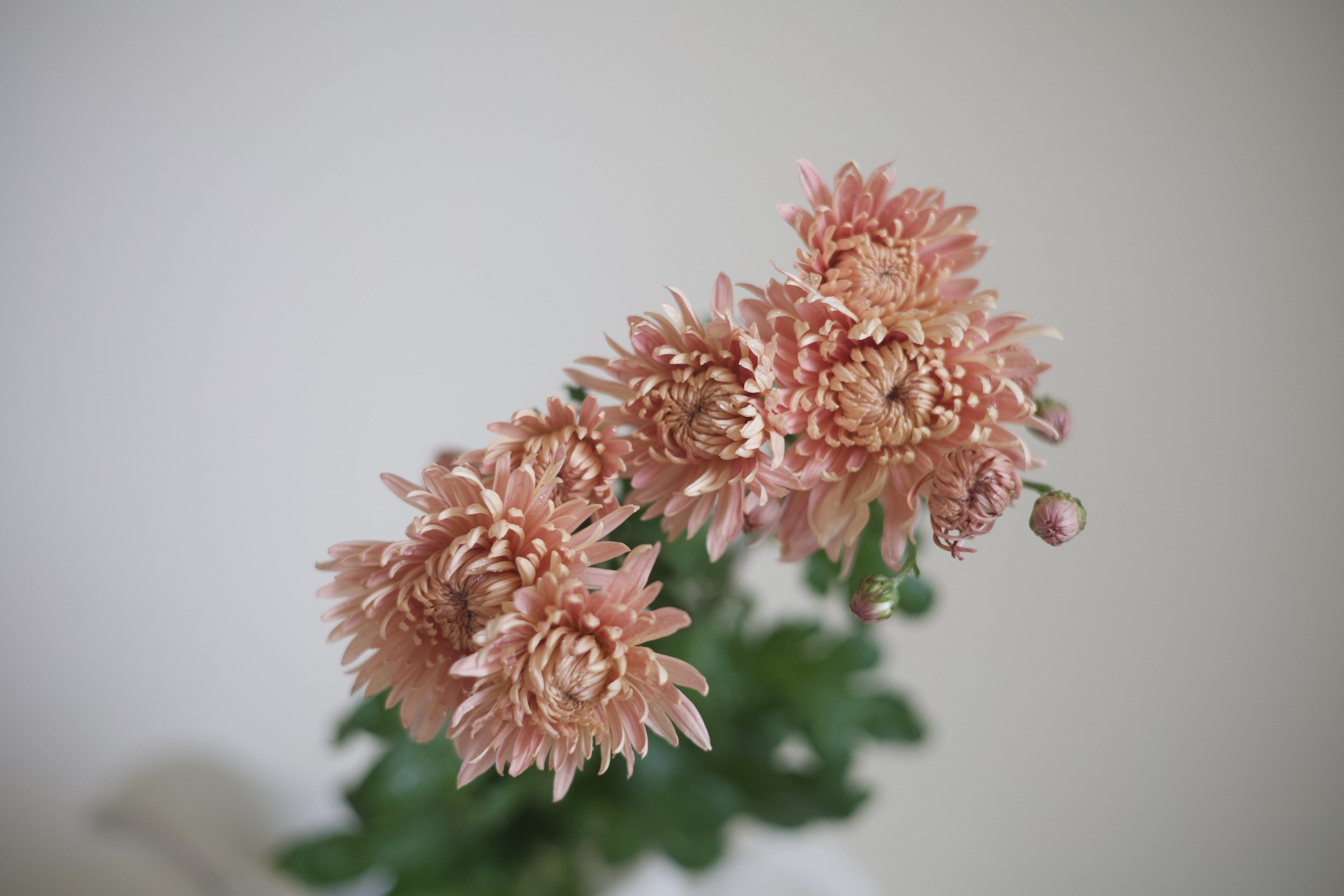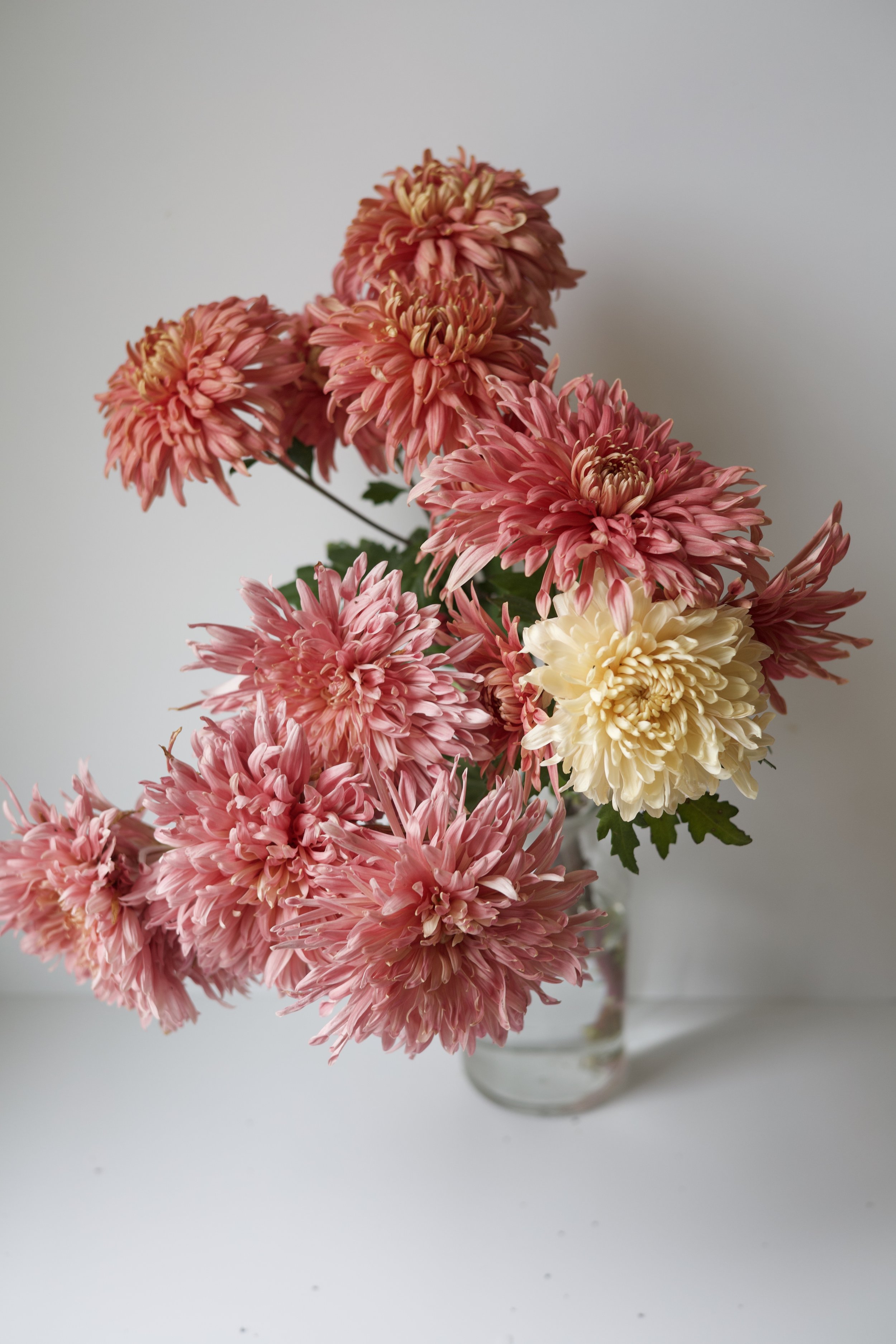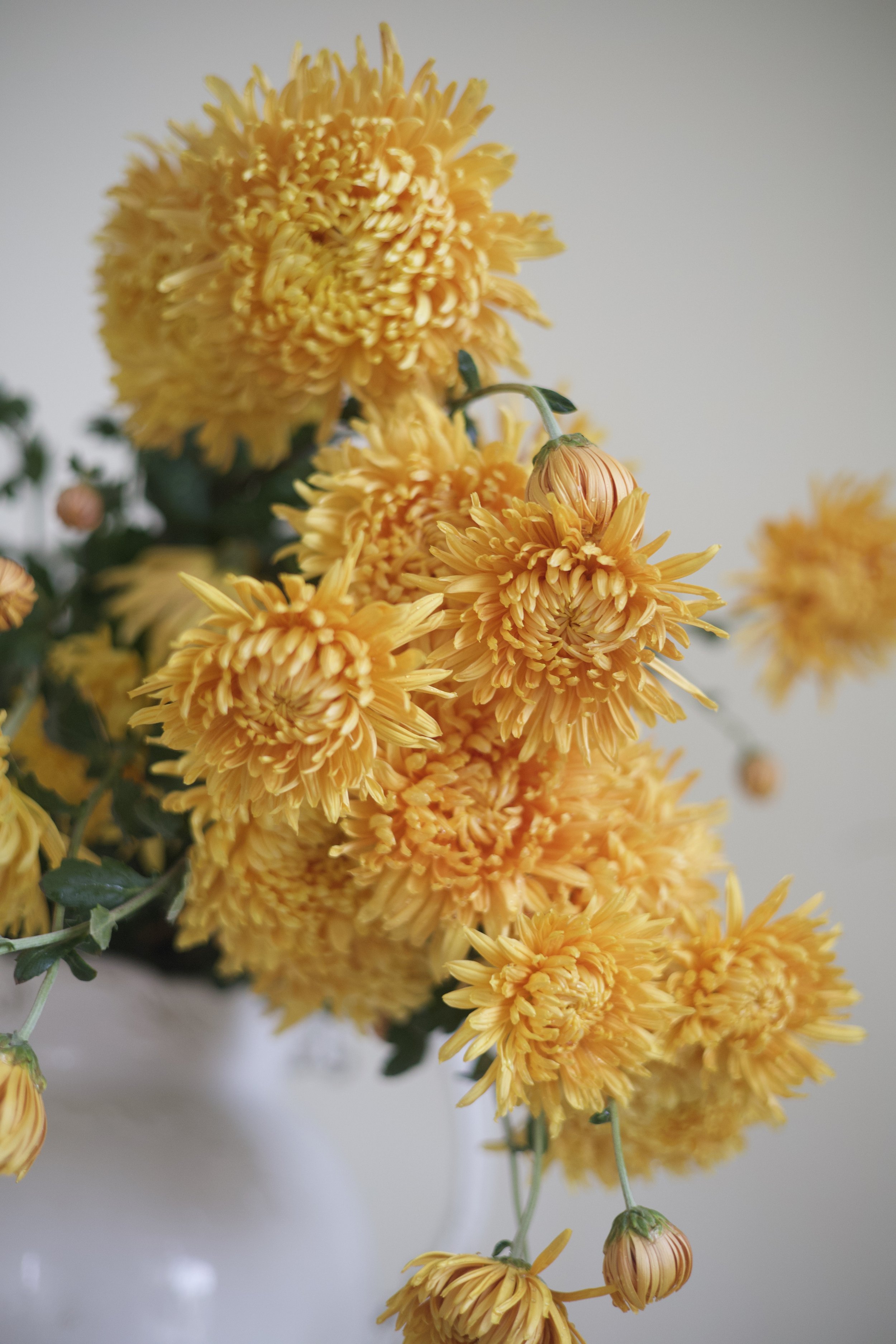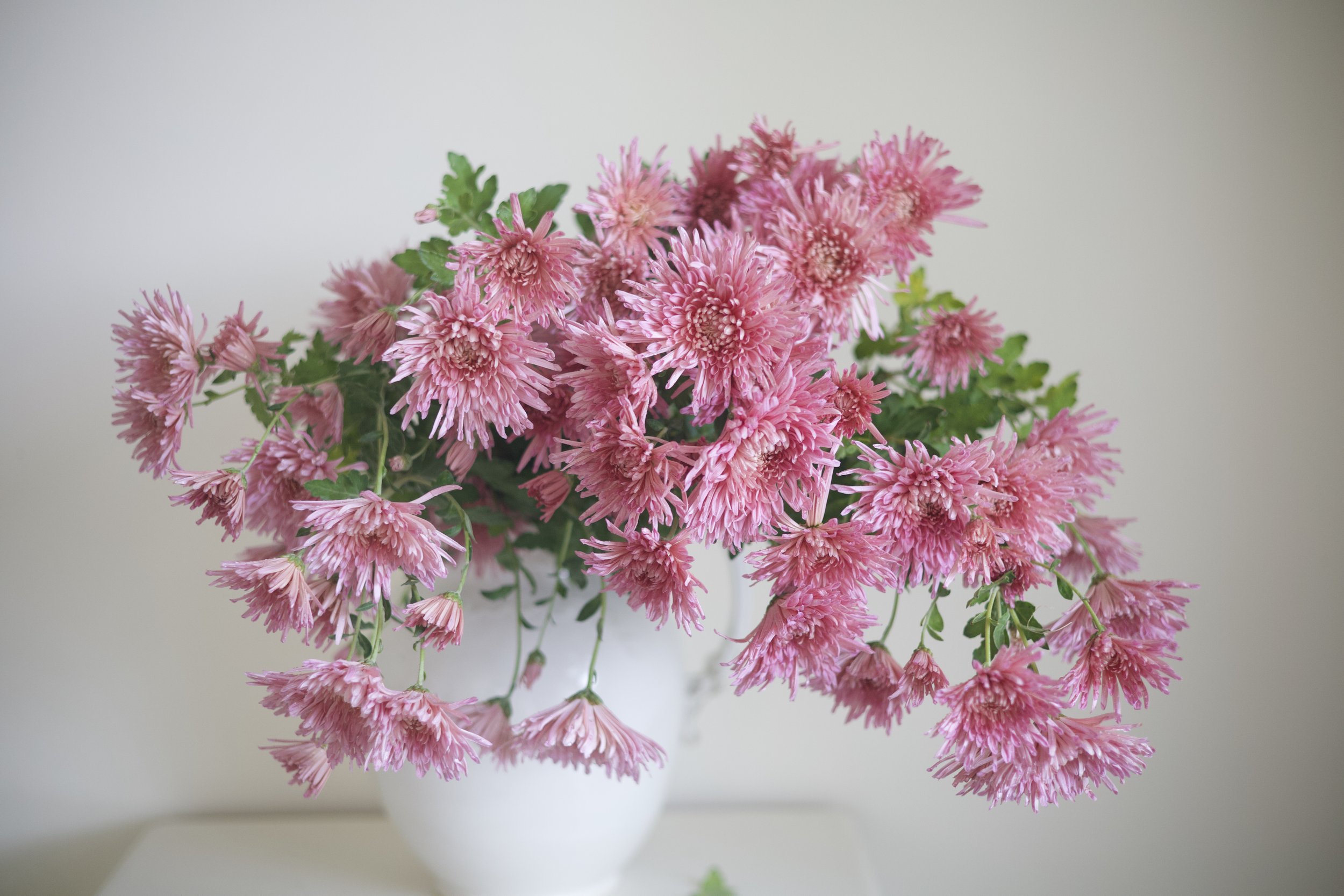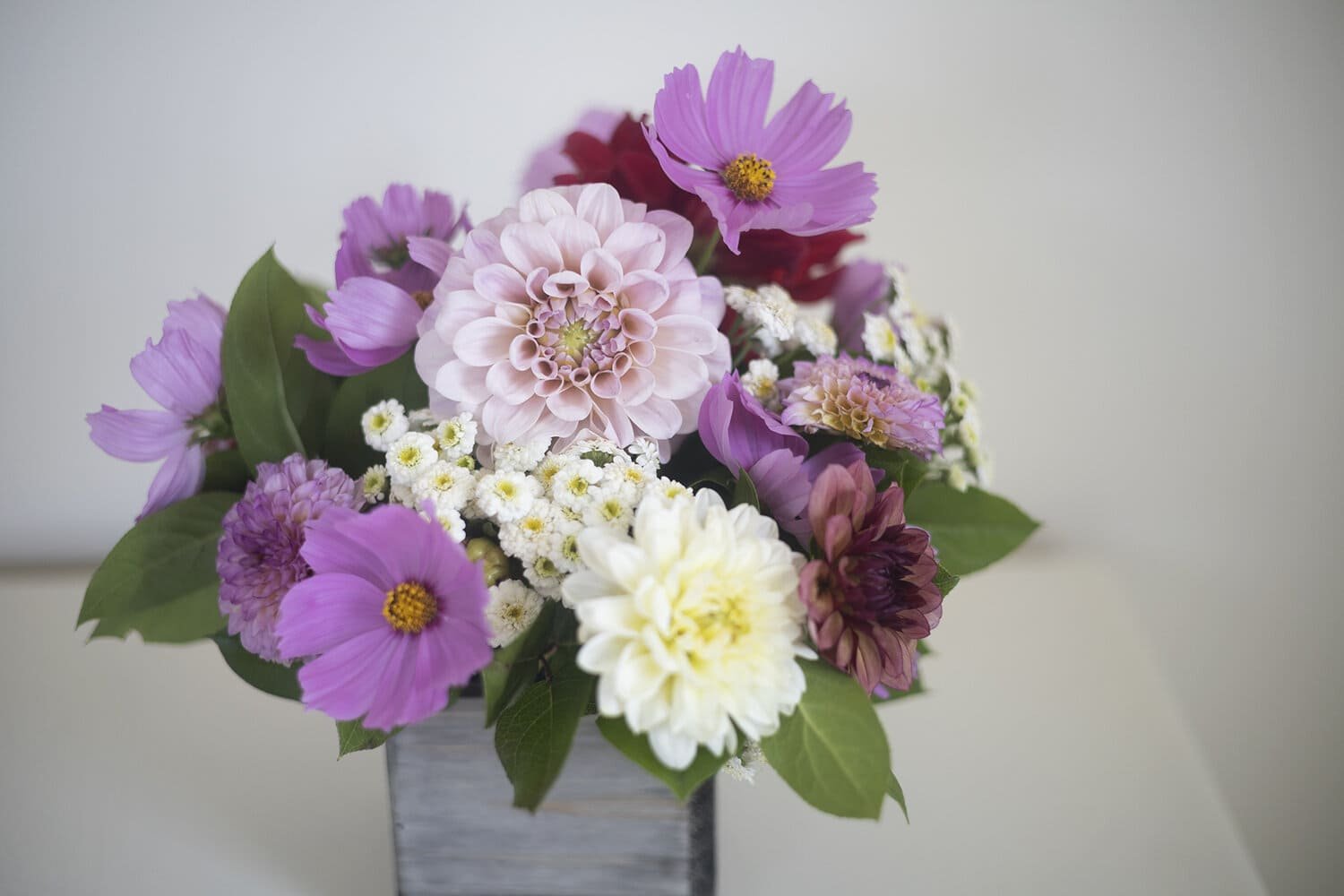Pinterest Community Boards
I love Pinterest, and I use it all the time as a way to find and save inspiration for my garden, discover new varieties, learn how to grow a variety of things, and just in general see what other people are doing in their own gardens. I will also be using it to share what is happening in the Halden Garden world.
There’s something about flowers and gardens that is so exciting and beautiful. You immediately want to share what you’ve created with others. A lot of people on Instagram will direct message me photos of what they’ve grown that they love. I sincerely love seeing what people are doing in their spaces. Also, I’m lucky because I have an outlet where I can share photos of my garden with an audience.
SO, I had the idea of creating some Pinterest group boards where we can share with each other what we are growing in our gardens and things that are working for us. I have selected 5 boards to start. I wanted to make them pretty general so that they’d be pertinent to a larger audience. I will add more as I see a need. Here are the board categories:
Halden Flower Community Board - For photographs of flowers and flower beds that you love, new varieties you’ve tried, best practices for flowers, flower beds, flower farming etc. Basically all things growing flowers.
Halden Florist Community Board - A place where we can share our floral creations, arrangements, how to’s, D.I.Y.’s, color inspirations, and interesting floral combinations.
Halden Vegetable Community Board - This board can have vegetable growing advice, photos, suggestions, varieties you’ve liked, kitchen garden advice etc. All things vegetable.
Halden Landscape Community Board - I want this one to be a look book of scenes from gardens that you’re loving. Perhaps plant combinations that you’re liking, landscape advice, gardens you’ve visited, what you’re seeing etc.
Halden Garden Community Board - This is just a general board where you are welcome to contribute anything to do with gardening that you think others might enjoy or find helpful or beautiful. It’s just a catchall for all things garden.
If you would like to pin to these boards all you need to do is request to contribute to the board!
To request to contribute to a board on mobile, click on the board you wish you to contribute to and in the top right corner select the Join button.
To request to contribute to a board on desktop, click on the board you wish you contribute to and select Join next to the board's "Follow" button.
I’m excited to see what you are loving and what you have growing in your garden. Here’s a link to our main Pinterest page if you’re interested in following along!
*We ask that all contributors please be respectful of others. Any content that is inappropriate will be removed.
How To Make A Flower Crown
Flower crowns are much easier to make than you might think and are a really fun element that you can add to occasions or just create on a rainy day. They’re simple enough that you can do this activity even with very young kids and the results are unique and beautiful.
What you will need:
-Some stiff wire
-Snips or scissors
-Masking tape or floral tape if you have it
-Flowers and/or foliage with short stems
In this example I choose to use Lady of Shallot roses, Double Chater Salmon Hollyhocks, Yellow Colombine, White Tea Roses, pansies, common white dianthus and some cuttings from some bushes in my yard. As you design your crown, think about color and texture. I chose a color scheme of blooms in a range of apricots and pinks. Using colors that are next to each other on the color wheel or that are different textures of various shades of the same color is a good place to start if you’re not confident in choosing colors that go together.
Directions:
Step 1:To begin, take your wire and use it to measure the circumference of the head of the person you are making your crown for.
Step 2: Give yourself an extra 6-8 inches and wrap the wire back around itself as seen in the image below.
Step 3: You will then choose a flower or small bunch of flowers and greenery and hold it firmly against the wire.
Step 4: Take a short piece of tape and wrap it snugly around the stems of the little bunch or blossom.
Step 5: Moving in the same direction, layer the next bunch just slightly farther down the wire, overlapping the bloom that has already been secured and repeat step 4 with the tape.
Step 6: Continue attaching your blooms, working around the wire until all of the wire is completely covered.
I’d love to see your crowns so please post using the hashtag #haldengarden so we can all see your beautiful creations.
Leave any questions below in the comments!
- Sara Haller -
Recipe: Emily’s Summer Salad
Fresh salad is good for the body and for the tastebuds. I love going out to harvest a little bunch of lettuce and bringing it in for a salad. We offer a mix of lettuces that you can start in early spring or late summer for spring and fall salads. You can find those here. Lettuce can be grown indoors as well since it tolerates partial shade. This recipe is light and has a wonderful citrusy taste. It’s perfect for parties and gatherings.
Prep Time: 15 minutes
Servings: Makes one large salad as seen in the photos.
INGREDIENTS
FOR THE SALAD
4-6 cups Lettuce mix
2 apples
4 large carrots or 10 baby carrots
4-6 sweet peppers
1 cucumber
4-6 oz goat cheese
1 package of craisins
*You can adjust any of the above measurements to match your personal preference.
FOR THE DRESSING
Juice of 1 lemon
Equal amount of canola oil as lemon juice
2 cloves garlic
Salt
Pepper
*Mix and let sit a couple hours in advance
INSTRUCTIONS
Start with the dressing. Mix it up thoroughly and allow it time to sit in the fridge if you have that option.
Chop lettuce. I like to use a variation of lettuces to add color and variety.
Chop all your vegetables into small pieces. I like to slice the cucumber and I make sure the peppers and carrots are diced into small bits.
Sprinkle all the toppings over the lettuce. Do not add the dressings until just before you are ready to serve the salad. Once the dressing has been put on, the salad will not keep.
As soon as you are ready to serve, coat all the ingredients with the dressing.
If you’re interested in growing any of the other ingredients in this salad they can be found here: cucumber, red pepper , carrot. Cucumbers and peppers should be started in early spring and carrots are a cold crop that can be started in early spring or direct sown in mid/late summer so that they mature in the fall (later if you’re in zone 8+ or earlier if you’re in zone 4 or lower).
Thank you to Emily Davis for letting me post her recipe. This is one that she came up with and would bring to family parties and baby showers. I loved it so much that I asked her for the recipe and it’s become one of my favorites for summer evenings alongside fish or quiche.
How To Use Edible Flowers With Molly J. Wilk
I had the pleasure of talking with Molly J. Wilk, a pastry chef and Le Cordon Bleu graduate from Austin Texas. Molly lives in Versailles where she teaches pastry making in her enchanting French apartment.
I’ve followed Molly on Instagram for about a year now, and I sincerely love seeing what new confection she will bake up next. I started to notice the thing that really sets her incredible creations apart is her use of flowers on her pastries.
She’ll make lemon tart with a dusting of lavender, cakes dotted in bright flowers, or macaroons glittering with crushed petals. I finally reached out to her, and she was nice enough to call from France to share with me some of her secrets to using edibles.
When working with edible plants on food, you need to make sure that they are culinary grade. This means they were grown in such a way that they can be safely eaten. Flowers, unlike food, are often cultivated with less regard towards chemicals and cleanliness because they were not grown with the intent to be eaten. Flowers from your local grocer are probably not clean enough to put on food, so use caution.
Growing edibles yourself is ideal because you can control the way in which they’re grown and make sure that they are clean and safe to be used around food. Molly has a little grow box on her balcony where she gets a lot of her herbs and blooms.
Another place she sources from is a little market in Versailles called Potger Du Roe which was created in the 17th century to supply fresh produce for the King’s Palace. It is available to be toured, which Molly would highly recommend if you’re ever in Versailles. There, she buys a barquet, which is little bundle of edible flowers that are grown with the intent to use on food. A barquet will include marigolds, calendula, lavender, or a few other herbs.
Herbs are one of Molly’s favorite edibles to use such as Oregano, Rosemary, and Pineapple sage. Herbs are highly scented which adds another dimension of beauty and flavor to pastries.
One rule of thumb Molly has is to only use plants on her food that can actually be eaten. On occasion she might top a cake with a non-edible flower for decoration, but not without taking preventative measures to protect it such as wrapping the stems with florist tape, using aluminum foil, or painting on a clear glaze you can make that preserves your delicious dessert.
The easier thing to do is simply decorate with edibles. And there is a large array to choose from: Marigolds, elderflower, dandelions, lilacs, chive blossoms, calendula, acacia. Some of the real beauties are roses, peonies, daisies and pansies.
I asked Molly this question: Are the flowers meant to be eaten? She says that it depends, and in some cases the flowers are very much meant to be a part of the pastry flavor and texture. Dried flowers tend to be a good way to add a different dimension without overpowering the flavor of the confection.
If Molly chooses to dry her flowers, she washes them and sets them on a paper towel to be left on the counter for a few days until they are dry. You can also hang larger bundles of herbs and flowers with twine until they are dry enough to store in a jar or paper sack.
Drying flowers can be a really good way to preserve memories: a bouquet from a wedding, a favorite party, or some herbs snipped from home. Every time you go to use them the memory of their origin will be there for you.
If you’re interested in learning more about how to make French pastries and using edibles, Molly offers online pastry classes. She also does surprise Bake Alongs and posts recipes on her Instagram @mollyjwilk and her website. Huge thank you to Molly for sharing with us her knowledge and know how!
If you want to grow your own edibles for drying and baking, we have plenty of beautiful herbs which can be found here or various varieties of flowers which you can find in these links: calendula, pansies, stock, and snapdragons.
Also, be sure you know which flowers are edible and which are not because some are poisonous such as foxglove and sweet peas.





